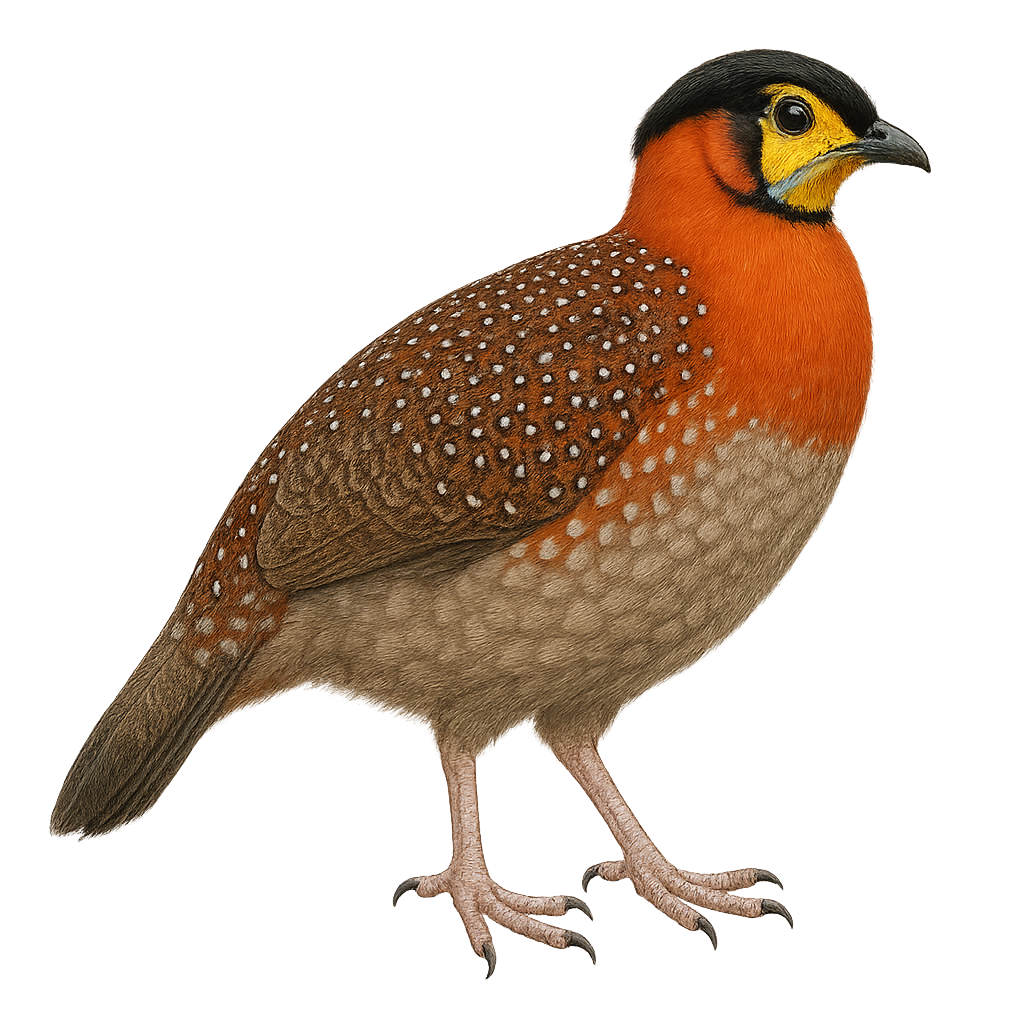Your wildlife photography guide.
Explore the blyth's tragopan in detail, study its behavior, prepare your shots.
Where to observe and photograph the blyth's tragopan in the wild
Learn where and when to spot the blyth's tragopan in the wild, how to identify the species based on distinctive features, and what natural environments it inhabits. The WildlifePhotographer app offers tailored photography tips that reflect the blyth's tragopan’s behavior, helping you capture better wildlife images. Explore the full species profile for key information including description, habitat, active periods, and approach techniques.
Blyth's Tragopan
Scientific name: Tragopan blythii

IUCN Status: Near Threatened
Family: PHASIANIDAE
Group: Birds
Sensitivity to human approach: Shy
Minimum approach distance: 10 m
Courtship display: April to May
Incubation: 28-30 jours
Hatchings: April to June
Habitat:
Mountain forests, dense undergrowth, wetlands
Activity period :
Primarily active during the day, with peak activity in the morning and late afternoon.
Identification and description:
The Blyth's Tragopan is a colorful and rare pheasant native to the mountainous forests of the eastern Himalayas. This magnificent bird is easily recognizable by its bright plumage, mainly red with white spots and black patterns. Males display a blue crest and facial wattles that become more vibrant during the breeding season. The females, more discreet, have a brown speckled plumage that allows them to blend into their environment. The Blyth's Tragopan is a shy bird that prefers to stay hidden in dense undergrowth, feeding mainly on seeds, fruits, and insects. Unfortunately, this species is threatened by habitat loss and hunting.
Recommended lens:
400 mm – adjust based on distance, desired framing (portrait or habitat), and approach conditions.
Photography tips:
To photograph the Blyth's Tragopan, it is advisable to use a telephoto lens of at least 400mm to capture detailed images without disturbing the bird. Since this bird is shy, it is best to stay at a distance of at least 10 meters. Look for areas where the undergrowth is dense, as the Blyth's Tragopan likes to hide. Be patient and discreet, and try to photograph early in the morning when activity is at its peak.
The WildlifePhotographer App is coming soon!
Be the first to explore the best nature spots, track rutting seasons, log your observations, and observe more wildlife.
Already 1 430 wildlife lovers subscribed worldwide

